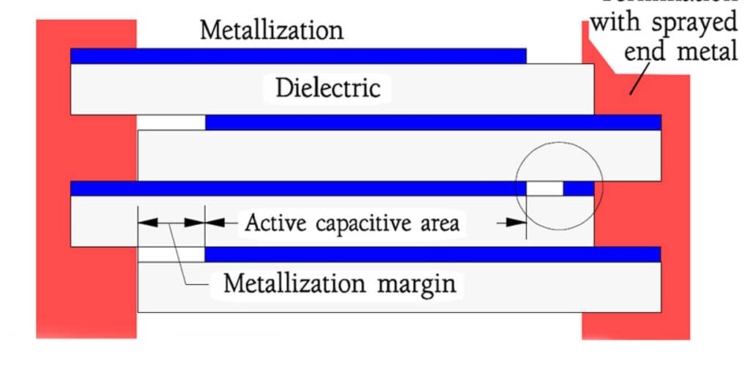we know big capacitor has two big plates of two electrodes. it's said capacitor has parasitic inductance because the plates are curled tight. my question is: how this can make parasitic inductance?how the electrons flow on the plate while the capacitor is changing or discharging?and the next question is more important: why the parasitic inductance is seriesly connected to the capacitor?




